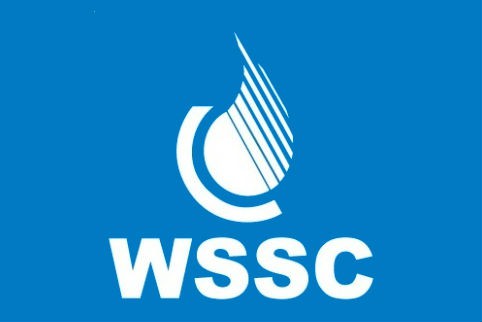
The Washington Suburban Sanitary Commission, (WSSC), the water provider for 1.8 million residents in Maryland’s Montgomery and Prince George’s counties, is not being completely honest with its customers regarding the presence of PFAS chemicals in drinking water.
From the WSSC:
“Yes! Public health and safety of our customers is our top priority at WSSC Water. For more than 101 years, our water has consistently met all strict federal Safe Drinking Water Act requirements. In fact, we have never had a single drinking water quality violation in our history. While there are currently no federal or state regulations mandating the monitoring or treatment of PFAS, WSSC Water conducted extensive water quality testing for six PFAS compounds, from July 2013 through April 2014 and again from March 2015 through October 2017, and found results below the U.S. Environmental Protection Agency’s (EPA) detection limits in its drinking water.”
WSSC: Type of PFAS finding minimum reporting level
- PFBS not detected 90 parts per trillion (ppt)
- PFHpA not detected 10
- PFHxS not detected 30
- PFNA not detected 20
- PFOS not detected 40
- PFOA not detected 20
The EPA’s Unregulated Contaminant Monitoring Rule (UCMR) program included only six PFAS compounds, while the minimum reporting limits were from 10 ppt to 90 ppt, obscuring the full scope of PFAS contamination.
Looking at the chart above, if WSSC water had 80 ppt of PFBS (PFBS & abnormal placenta development) no one would know the results and it would be OK to drink.
Let’s look at Vermont’s law to better understand the water games the WSSC is playing. In Vermont, if the total of these five types of PFAS: PFOA, PFOS, PFHxS PFHpA, and PFNA is over 20 ppt, the system is shut down. Meanwhile, WSSC would say the water is fine. Environmentalists and health professionals in Vermont argued 1 ppt of any kind of PFAS ought to shut a system down or require the provider to treat it sufficiently.
New Jersey’s law limits groundwater and drinking water to 13 ppt for PFOS and 14 for PFOA. The WSSC testing would not have reported these levels. Regulatory actions occur in California when PFOA exceeds 5.1 ppt and PFOS tops 6.5 ppt.
There has been tremendous scientific progress made on detecting these substances at a fraction of one part per trillion – and scientists are now able to pick up the presence of several dozen types of PFAS, something they couldn’t do when the EPA tested WSSC’s water.
Lee Currey, director of the Maryland Department of the Environment’s water and science division, said in the Baltimore Sun article that the state may soon re-sample some water systems, “acknowledging that testing technology has improved and can now detect many more types of the chemicals.”
The Environmental Working Group published the results of its testing on January 22, 2020. It showed PG County had combined levels of 17.8 ppt of PFAS in the drinking water. Two days later, on January 24, 2020, WSSC Water announced it will test its water for PFAS at its Potomac and Patuxent Water Filtration Plants.
This is a testament to the efficacy of testing.
WSSC says it will test quarterly for 18 different PFAS compounds using new analytical methods developed and approved by the EPA. Because PFAS are not regulated, utilities that have chosen to test independently are not required to make their results public or report them to state drinking water agencies or the EPA.
We learned through the Baltimore Sun that only limited information may be released publicly about where the Maryland Department of the Environment’s drinking water testing ultimately is conducted. Currey said the state keeps secret the locations of drinking water supplies out of what he called “homeland security concerns.”
The EPA is asleep at the switch. Long ago, it should have identified PFAS as hazardous substances, a designation that would subject polluters to Superfund regulations. That hasn’t happened largely because the DOD is a primary polluter of PFAS, and it would become liable for tens of billions of dollars in cleanup costs.
Click to Subscribe to the Civilian Exposure Newsletter for Latest News & Updates Today!

